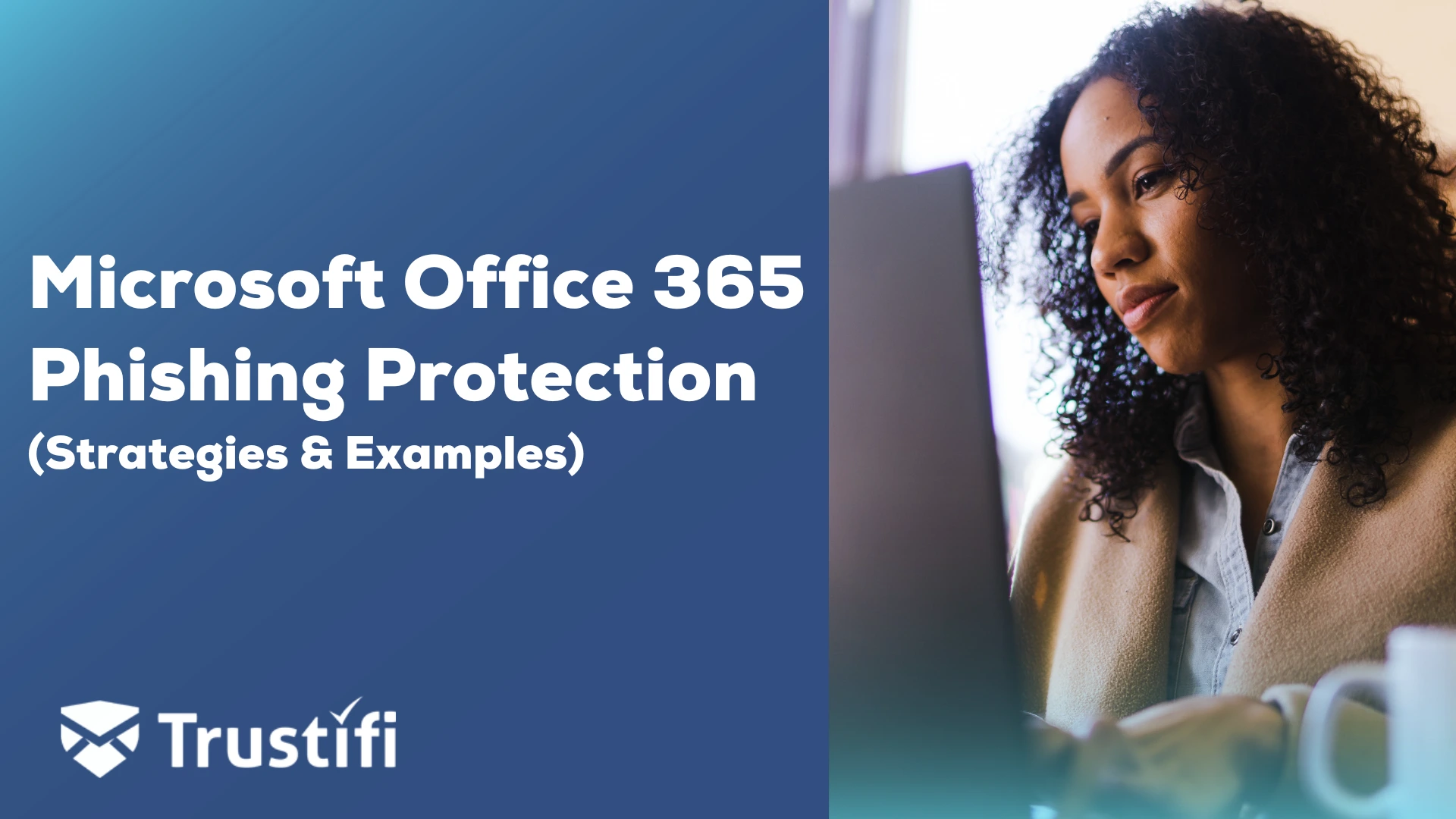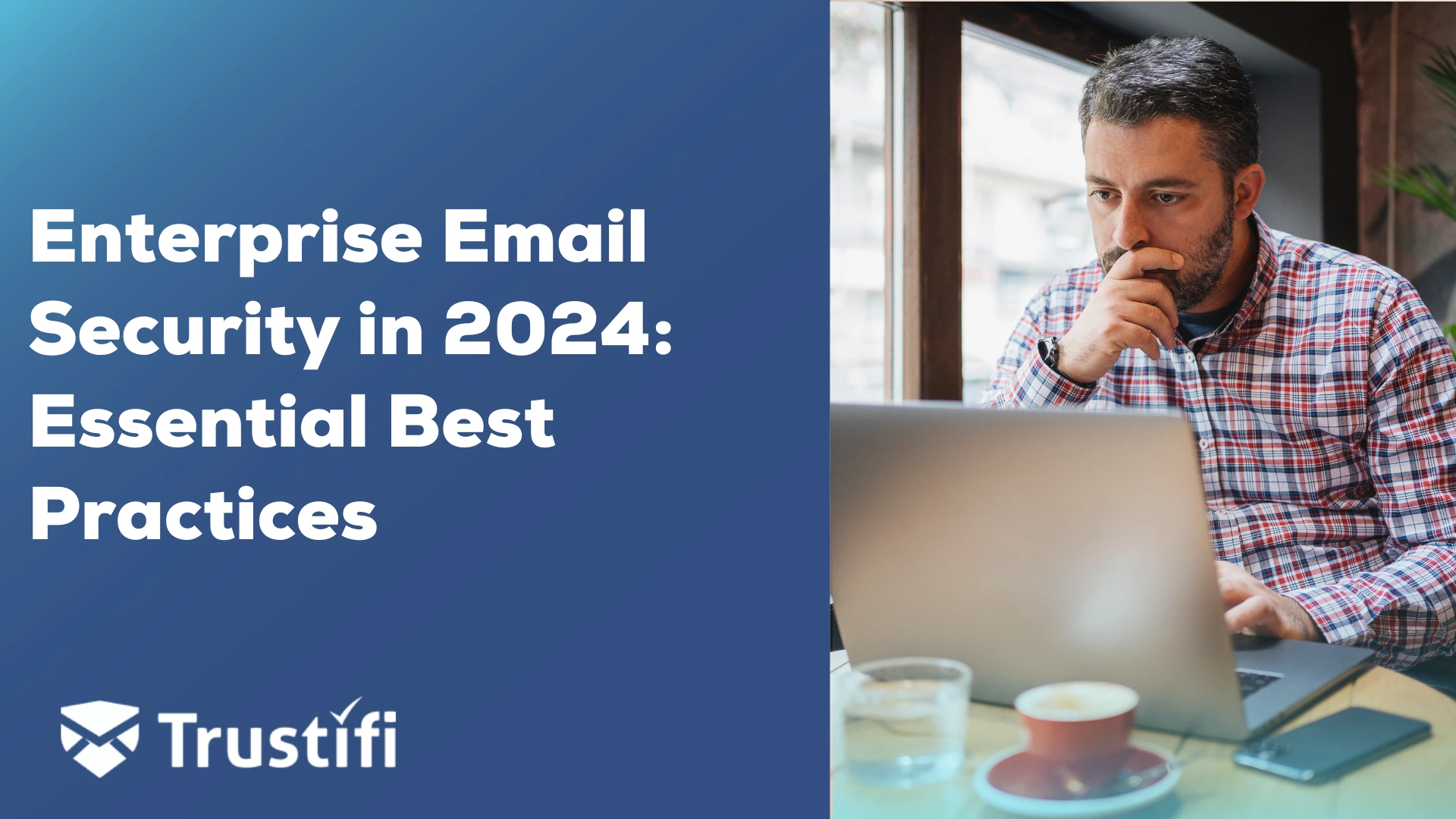The rise in phishing attacks costs organizations millions of dollars each year because of fines, the cost of remediation, and the long-term impact on their brand.
Trustifi, a leader in email security powered by AI, understands the continuous challenge of email phishing, fraudulent emails, and fake emails and the financial losses many organizations suffer.
What is the Cost of Email-Based Attacks?
Phishing is profitable, so cyber criminals invest money to increase message volume and campaign success. This makes dealing with the cost of phishing attacks financially expensive, with costs increasing every year.
Once an organization faces a successful phishing attack, its financial losses split into separate areas. Losing employee productivity, increased cyber insurance premiums, and malicious ransomware infections are critical areas of financial loss because of a single security breach caused by a threat actor.
A more significant cost challenge for the organization continues to be funding for an effective incident response team. With increased email fraud attacks, credential theft, and malicious attachments, the incident response teams have quickly become overwhelmed and burnt out.
Employee turnover and outsourcing of security operations continue to rise from expensive phishing attacks. This impact of phishing attacks against the organization is challenging to calculate financially.
For starters, few organizations budget to protect themselves from a successful security breach originating from suspicious emails. Most organizations have adopted cyber insurance in case of a ransomware attack or other types of advanced threats to help offset costs. Cyber insurance provides some financial relief for many breaches. Cyber insurance allows organizations with several economic costs, including remediation, credit reporting services for their victims, fines, forensic investigations, penalties, legal costs, and lawsuits.
Organizations suffer from other financial-related issues cyber insurance will not cover. After suffering a cyber attack, publically traded people must file an 8-K with the Security Exchange Commission within four days of the event. This public disclosure also notified investors, customers, and business partnerships of the potential impact of the event. Customers recognizing the risk of doing business with an organization that suffered a data breach may consider breaking off the relationship and moving their business to competitors.
Business partners aligned with a supply chain or ecosystem relationship could also move their business to a competitor out of fear of the security breach affecting their company and its employees.
These events carry a negative financial impact on the organization well beyond the losses covered by cyber insurance.
What are Examples of Business Email Compromise Scams?
The FBI reported in their annual Internet Crime Compliant Center (IC3) report that 2022 email phishing attacks surpassed close to 300,000. The primary infection vector from email phishing continues to be business email compromises.
BEC attacks range from supply chain impersonation phishing messages attempting to get a victim to pay for a fraudulent invoice to a social engineering attack against the CEO extorting money.
IC3 report showed close to $83,000,000.00 in BEC losses by organizations in 2022.
What is the Average Cost of a Phishing Attack?
“According to IBM, the average cost of a data breach with phishing as the initial attack vector is $4.91 million. “Much of the cost stems from the attack propagation originating from the initial message. The cost of the breach grows exponentially if the attack turns polymorphic. For example, ransomware morphs and spreads east and west within the victim’s network, growing with each exploited host.
The cost of the email and gmail phishing attacks skyrockets within minutes of the initial attack vector. What started as a per cost of $4.91 million could become a 50 million dollar as the ransomware propagates. Organizations currently on legacy email security architectures have recognized the need to reevaluate their strategy to deal with hacker AI-enabled email phishing and ransomware-as-a-service (RaaS) attacks.
What is the Role of Security Professionals Like Trustifi in Reducing Cyber Threats?
Thanks in part to the ChatGPT, hackers have created their own versions of attack tools. WormGPT and FraudGPT have become practical tools for generating email phishing messages. These tools change the way email phishing functions today and in the future. Within seconds, a hacker can alter their phishing messages based on feedback from their AI tools to make their attacks more efficient. These hacker tools also can increase the velocity of the attack by increasing the messages to target a much wider audience.
Trustifi’s investment in AI-enabled email protection helps organizations defend against these next-generation email attacks. The maturity of Trustifi’s inbound shield is proven to stop Hacker AI-enabled attacks along with other zero-day exploits.
Clients re-evaluating their current email security gain economy-of-scale with Trustifi by reducing the cost per incident, lower license fees by consolidating their outbound DLP and encryption strategy, and account takeover protection into their single management console.
Why Trustifi?
With their market-leading AI protection filters, domain impersonation protection, and message encryption, Trustifi simplifies email security while delivering exceptional security protection with their consolidated cloud-based platform.
As a global cybersecurity provider of both inbound and outbound email protection, Trustifi currently supports customers from countries including the USA, Canada, Brazil, the Dominican Republic, the UK, the Netherlands, India, the UAE, China, and Japan, Cyprus, the Philippines, and more. The company has also developed “One-Click Compliance” capabilities that cater to world security regulations, including PDPO for Hong Kong, POPI for South Africa, GDPR for Europe, and LGPD for Brazil.



